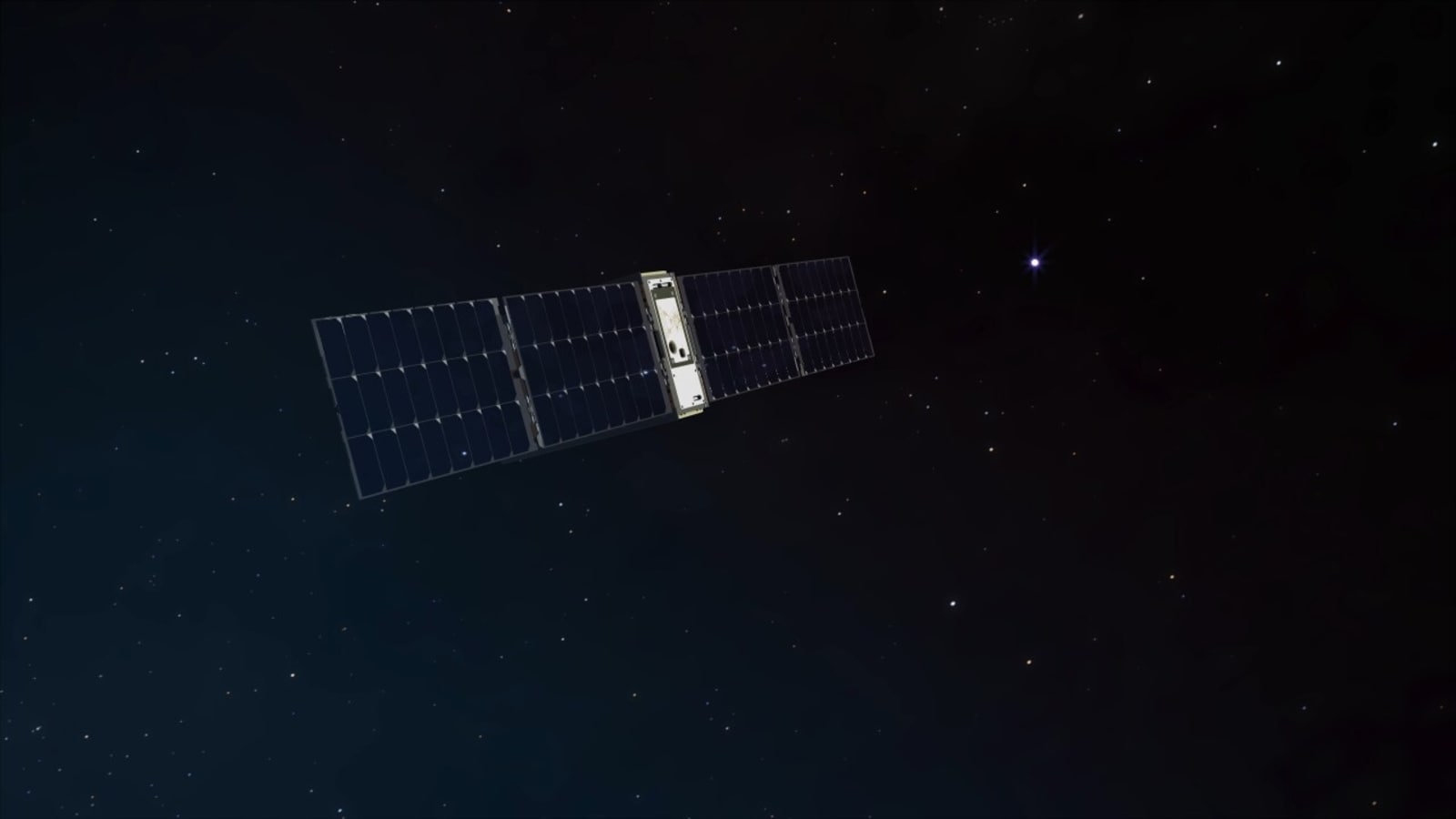NASA’s small BurstCube satellite is currently en route to the International Space Station (ISS) aboard SpaceX’s Dragon supply spacecraft. BurstCube lifted off from Launch Complex 40 at Space Force Station Cape Canaveral, Florida, at 4:55 pm ET on Thursday, March 21, ready to begin an important mission.
BurstCube satellite mission goals
Upon arrival at the International Space Station, the BurstCube will be unpacked and subsequently released into orbit. What is its main goal? Detecting, locating and analyzing short gamma ray bursts – transient bursts of high-energy light that provide important insights into cosmic phenomena.
Also Read: NASA Reveals Huge 420-Foot-Tall Asteroid About to Skip Earth; Know How Close It Will Be
Jeremy Perkins is the principal investigator for BurstCube at NASA’s Goddard Space Flight Center in Greenbelt, Maryland. emphasize The many roles of satellites. “BurstCube may be small, but in addition to investigating these extreme events, it is testing new technologies and providing important experience to early career astronomers and aerospace engineers,” Perkins said.
Short gamma-ray bursts, which typically originate from collisions of neutron stars, provide astronomers with a unique window into the workings of the universe. These catastrophic events not only emit high-energy light but also produce gravitational waves – disturbances in the fabric of space-time.
The simultaneous study of gamma-ray bursts and gravitational waves represents an emerging field called multi-messenger astronomy, providing clues to different aspects of cosmic phenomena. In addition, the collisions that cause gamma-ray bursts produce heavy elements critical to the existence of life.
BurstCube’s Precision Instruments
BurstCube’s detectors are designed to cover large swaths of the sky, increasing the odds of catching simultaneous gravitational wave detections. BurstCube’s ability to detect gamma rays between 50,000 and 1 million electron volts will make a significant contribution to our understanding of these celestial events.
Also Read: Geomagnetic storm warning as CME passes by Earth; Learn about solar storm dangers today
As part of the CubeSat class of spacecraft, BurstCube embodies the potential of small satellites to revolutionize space exploration. BurstCube embodies a cost-effective approach to space science using standardized components and new technologies.
Led by NASA’s Goddard Space Flight Center and funded by NASA Headquarters, BurstCube spans multiple agencies and emphasizes the collaborative nature of space exploration.
BurstCube represents an important step forward in unraveling the mysteries of the universe and promises to expand our understanding of gamma-ray bursts and their cosmic impact.
And one more thing! We can now use WhatsApp channels! Follow us so you don’t miss any updates from the world of technology. To follow the HT Tech channel on WhatsApp, click here Join now!
Follow us on Google news ,Twitter , and Join Whatsapp Group of thelocalreport.in








